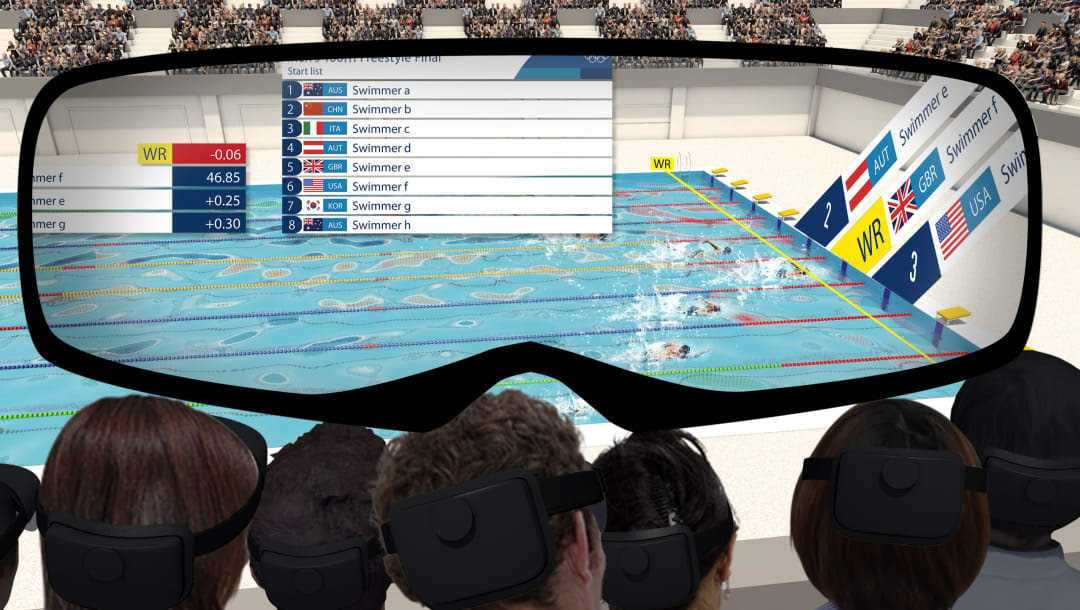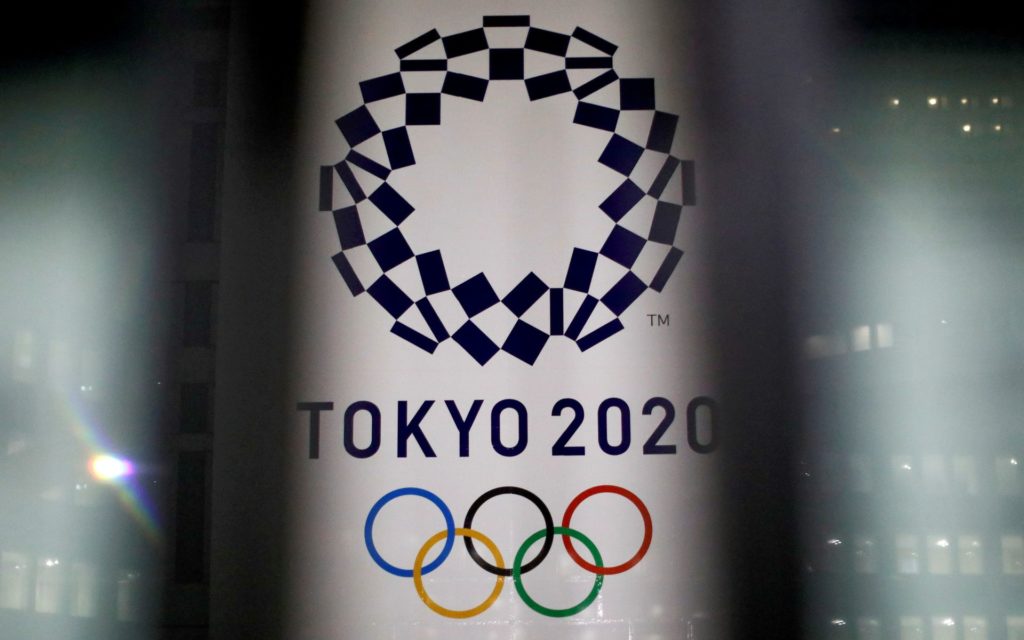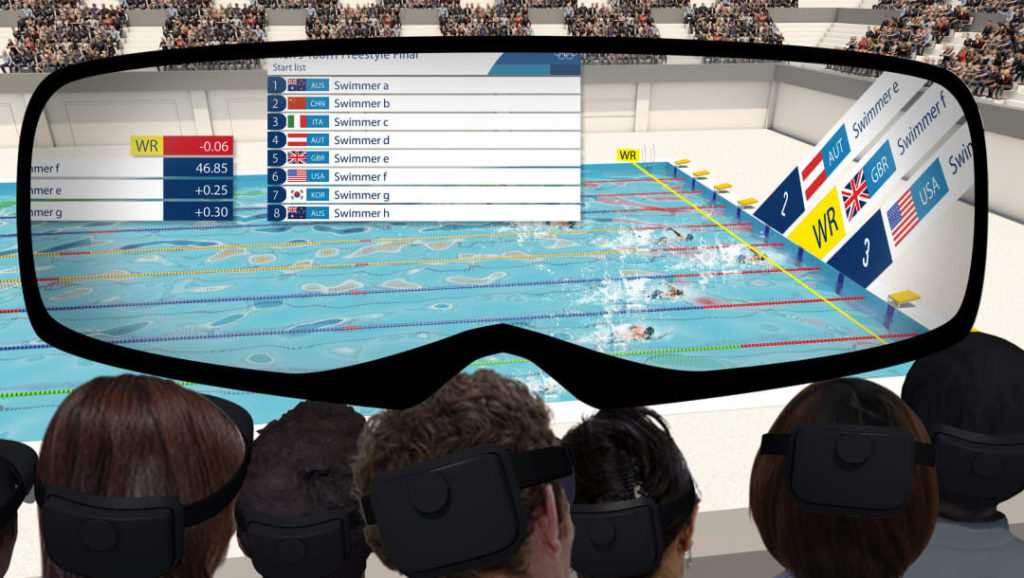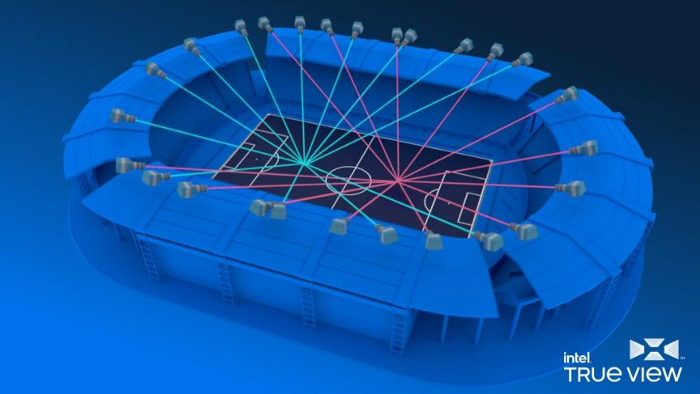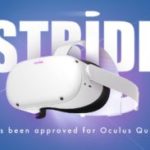From volumetric video to AI-powered motion capture, here’s how immersive tech is changing the most historic sporting event on the planet.
Last Friday marked the start of the 2020 Summer Games in Tokyo, Japan, kicking off nearly two weeks of jaw-dropping athletic competitions featuring some of the most physically talented human beings on the planet. Three days in and we’ve already bore witness to several historic moments, from the Philippines winning their first gold in nearly 100 years to one of the youngest medalists in Olympic history.
Due to ongoing concerns regarding the COVID-19 pandemic, most of us are enjoying this years’ games from the comfort of our homes. As we mentioned previously, several events will be broadcasted live in stereoscopic 360 via the NBC Olympics VR app on Oculus Quest and Oculus Quest 2 headsets. This includes everything from the Opening Ceremony to events like boxing, track & field, and basketball just to name a few.
In addition to 360-degree video, event organizers and broadcasts are experimenting with a variety of different technologies to help bring this years’ action to life at home. Intel, in particular, is employing an exciting amount of immersive technology, from 3D athlete tracking to volumetric video capture.
TRUE VIEW – INTEL
Intel’s True View sports viewing experience uses a combination of high-resolution cameras and high-speed data processing to capture volumetric video which can be explored in three dimensions, allowing broadcasters to capture the perfect shot from anywhere on the playing field using “invisible cameras.” The system works by capturing 3D video data referred to as “voxels” using 38 high-end cameras placed strategically throughout each venue.
“With these experiences, fans get insights that they’ve never been able to get,” said Intel’s Iddo Kadim while speaking to VRScout. “Obviously, it gets them immersed in the game if they can be in the player’s point of view. It’s a completely new view of the game that they hadn’t seen before and certainly not in the Olympics.”
Each voxel contains important data such as height, width, and depth. This data, once rendered using Intel processors, can be used to generate 360-degree scenes which can then be navigated freely in 3D. 52 matches in total will utilize True View technology as part of this years’ Summer Games, including all basketball events taking place between July 25th and August 8th.
3D ATHLETE TRACKING (3DAT) – INTEL
Intel is offering fans a new level of detail when it comes to athlete performance. Powered via a combination of artificial intelligence and computer vision technology, 3D Athlete Tracking delivers a wealth of data regarding this years’ competitors. Developed in collaboration with Olympic Broadcasting Services, the system works by capturing 20 key points of an athlete’s body using four to five high-end cameras.
This data is then used to analyze the biomechanics of an athletes’ physique. Within just 20 seconds, said information can be translated into easy-to-digest insights and delivered to viewers via an onscreen overlay. Intel’s 3DAT technology will be used in the replays for the 100m, 200m, and 4x100m relay and hurdle events taking place July 30th to August 4th.
“Once we capture these skeletal models—we capture about 20 key points on each runner’s body—we can analyze almost any type of data that we want from a biomechanical standpoint or performance standpoint,” added Kadim. “For the broadcast, we’re basically providing speed and acceleration data. And what you’ll basically see in the broadcast is information that helps fans understand not just who won a race, but how they did. “
AR GLASSES FOR SPECTATORS – NTT DOCOMO
As previously mentioned, the ongoing COVID-19 pandemic has forced event organizers to significantly limit in-person attendance, forcing many of us to catch this years’ action from our respective domiciles. That being said, a certain number of domestic spectators will be permitted inside select venues. While the above-mentioned technology serves to benefit those watching from home, Japanese network provider NTT Docomo is looking to enhance the in-person experience as well.
Those attending swimming events at the Tokyo Aquatics Centre will have the option of using an AR headset to view detailed race information live during select competitions. This includes everything from swimmer lanes and lap times to current records and other important data, all of which are delivered in real-time thanks to Intel 5G technology.
“In the future, we could send competition data directly to another pool set up in another location – replicating the swimmers in the pool and all the data that comes with it via those glasses and casting it over the empty pool,” said experience designer Akiji Tanaka. “I think spectators will be able to watch and participate in sports happening very far away without being bound by their physical location.”
For a full breakdown of this years’ schedule visit here.
Feature Image Credit: NTT Docomo
The post Immersive Tech Brings The Tokyo Olympics To Life At Home appeared first on VRScout.
